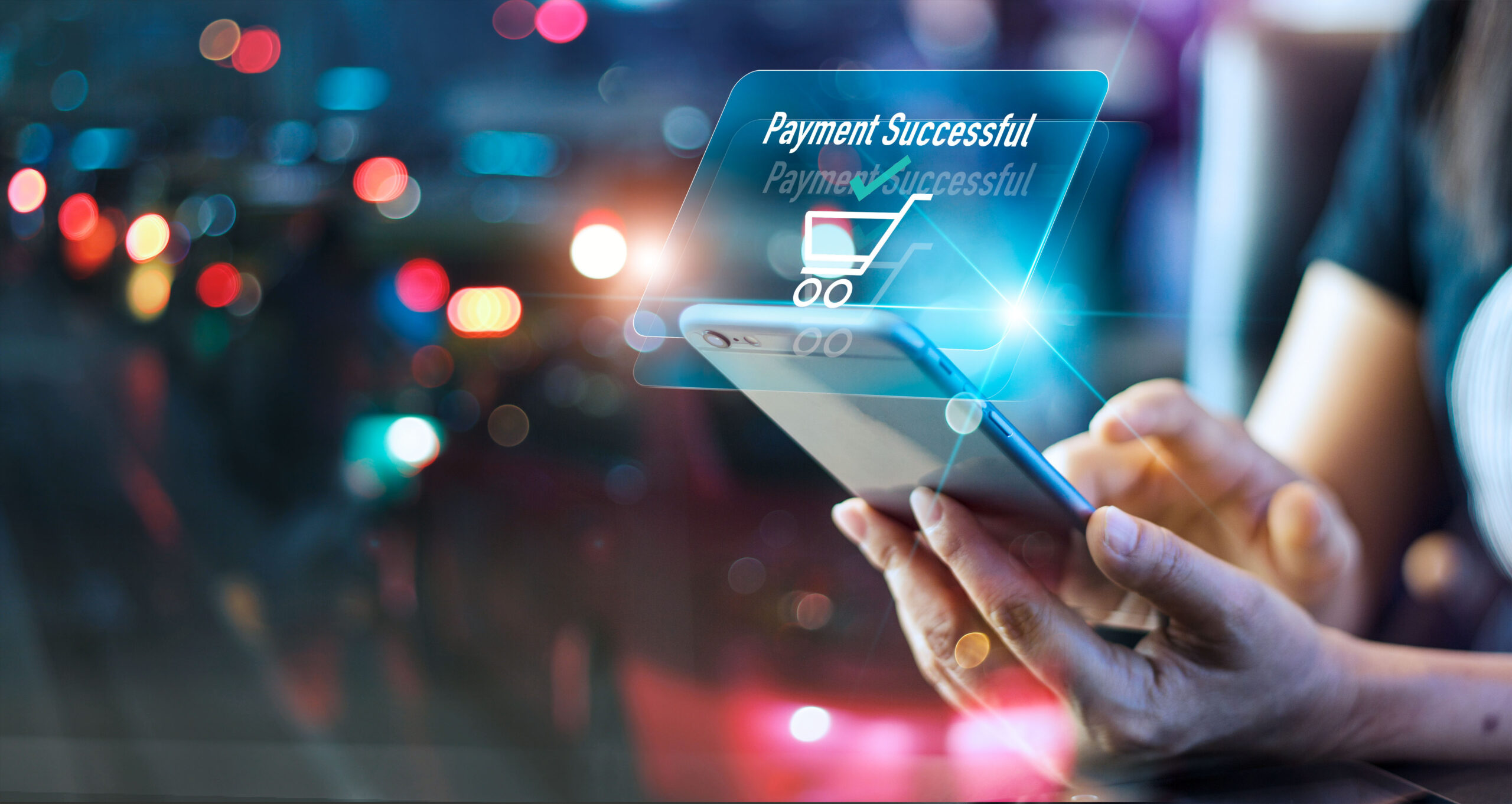
| January 25th, 2023 |
The Future of Digital Payments: Convenient and Secure
The future of digital payments looks bright. As technology continues to advance and become more integrated into our daily lives, it is likely that the use of digital payments will become even more prevalent. There are several factors that contribute to the increasing popularity of digital payments:
- Convenience: Digital payments are much more convenient than traditional payment methods such as cash or checks. They can be made quickly and easily from any device with an internet connection.
- Security: Digital payments are generally more secure than traditional methods of payment. They use advanced encryption techniques to protect against fraud and identity theft.
- Worldwide acceptance: Digital payments can be made and accepted globally, making them an ideal choice for international transactions.
- Increased efficiency: Digital payments can help streamline financial processes and increase efficiency for individuals and businesses.
- Reduction of paper usage: Digital payments help to reduce the use of paper, which can have a positive impact on the environment.
The way people spend has changed both online and offline. Traditional brick-and-mortar businesses changed as internet buying became the only realistic alternative during a shutdown. The value of touchless payments was recognized in physical stores, which contributed to their continuous expansion. Digital advancements that are generally supposed to take years instead took place in a matter of months.
It is obvious that 2023 will be a year of significant change as technology and consumer demand continue to disrupt industries and inspire new strategies from financial institutions and merchants. Innovation will continue to flourish in a free atmosphere as a result of more beneficial disruption in trade and the movement of money, which will fully realize the potential and power of digital money.
Digital payments have increased significantly due to four key developments. The epidemic, in the first place, hastened the switch from cash to contactless digital payments. Second, the worldwide volume of e-commerce increased by 25% between 2019 and 2020 and is predicted to expand by 15% a year until 2025. Third, government initiatives to promote cashless transactions have sped up the adoption of innovative digital payment systems like Wave in Côte d’Ivoire, UPI in India, and Pix in Brazil. These initiatives aim to simplify compatibility, plug tax leaks, and assure the efficient distribution of aid. Finally, investors’ thirst for digital payments increased, spurring growth in the number of businesses specializing in payments. For instance, these businesses invested nearly 40% of the $5.2 billion in startup capital in Africa in 2021.
In the future, it is likely that digital payments will become the norm for most transactions. There may even be a shift toward the use of virtual currencies, such as bitcoin, which are decentralized and not tied to any particular country or bank. However, it is important to ensure that security measures are in place to protect against fraud and other cyber threats. Overall, the future of digital payments looks bright and holds great potential for improving the way we conduct financial transactions.